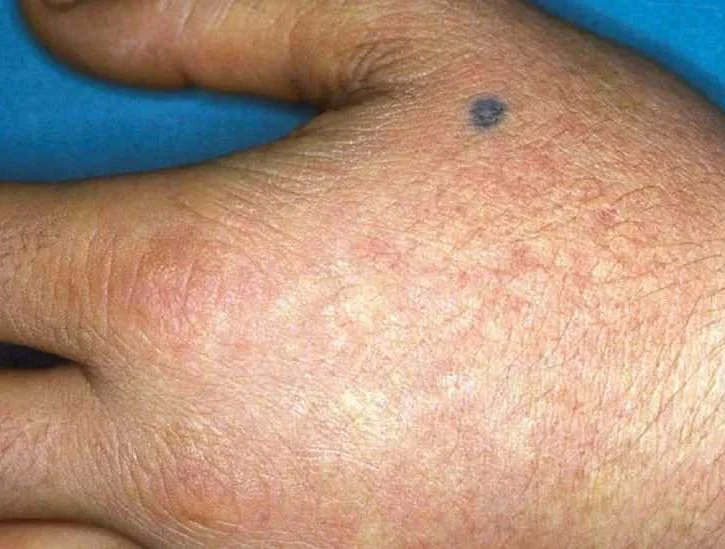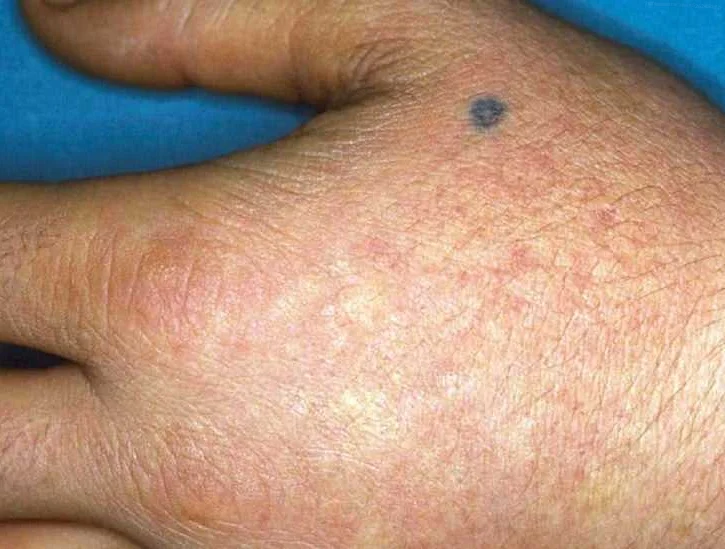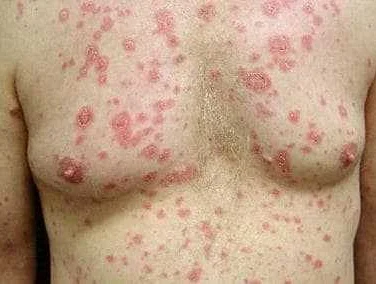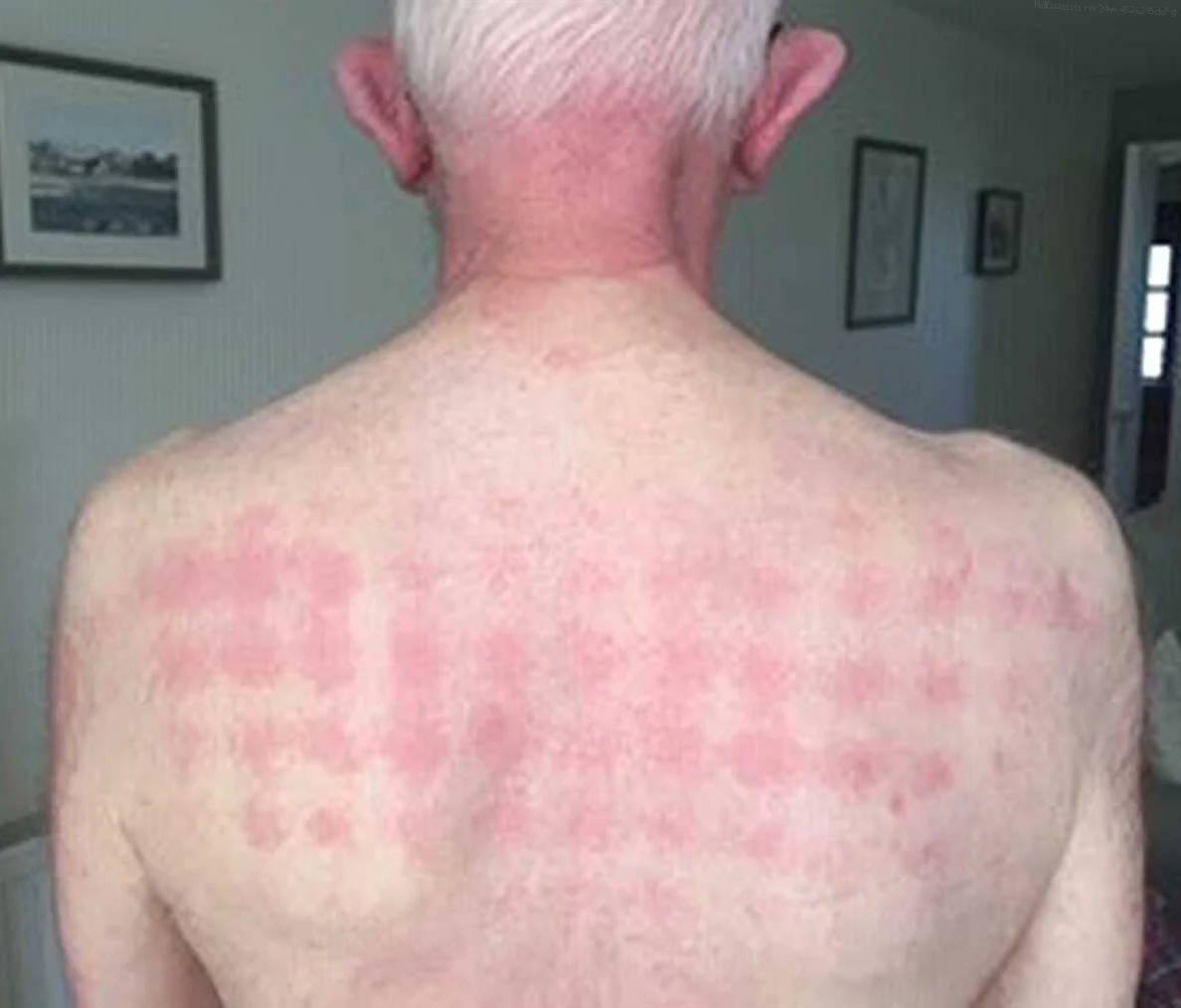Understanding Photosensitivity Reactions: Causes, Symptoms, and Treatment
Содержимое
Photosensitivity reactions are abnormal skin reactions caused by exposure to sunlight or artificial ultraviolet (UV) light. This article explores the symptoms, causes, and treatment options for photosensitivity reactions.
Photosensitivity reactions, also known as sun allergies or sun sensitivity, occur when the skin is overly sensitive to the sun’s ultraviolet (UV) rays. These reactions can range from mild to severe and may cause symptoms such as redness, itching, rash, and blistering. Understanding the causes, symptoms, and treatment options for photosensitivity reactions is crucial in managing this condition effectively.
Causes: Photosensitivity reactions can be triggered by a variety of factors, including certain medications, skincare products, and medical conditions. Some common medications that can cause photosensitivity include antibiotics, diuretics, and nonsteroidal anti-inflammatory drugs (NSAIDs). Skincare products containing fragrances, dyes, or certain chemicals can also increase the risk of photosensitivity reactions. Additionally, medical conditions such as lupus, porphyria, and eczema can make individuals more prone to sun sensitivity.
Symptoms: Symptoms of photosensitivity reactions typically appear within a few minutes to several hours after sun exposure. They can vary depending on the severity of the reaction and may include redness, swelling, itching, rash, and the formation of blisters or hives. In some cases, individuals may also experience fever, chills, headache, or nausea. It is important to note that symptoms may worsen with each subsequent exposure to the sun.
Treatment: The treatment for photosensitivity reactions aims to relieve symptoms and prevent further damage to the skin. The first step is to avoid sun exposure as much as possible, especially during peak sunlight hours. Wearing protective clothing, such as wide-brimmed hats and long-sleeved shirts, and using sunscreen with a high sun protection factor (SPF) can also help minimize the risk of reactions. In severe cases, a doctor may recommend corticosteroid creams or oral medications to reduce inflammation. It is essential to consult a healthcare professional for an accurate diagnosis and personalized treatment plan.
By understanding the causes, recognizing the symptoms, and following appropriate treatment measures, individuals can effectively manage photosensitivity reactions and enjoy the outdoors without unnecessary discomfort or skin damage.
Causes of Photosensitivity Reactions

Photosensitivity reactions occur when the skin becomes hypersensitive to the sun’s ultraviolet (UV) rays. This heightened sensitivity can be caused by a variety of factors that can trigger a reaction in susceptible individuals. The following are some common causes of photosensitivity reactions:
| Medications: Some medications, such as certain antibiotics, non-steroidal anti-inflammatory drugs (NSAIDs), diuretics, and some antidepressants, can increase the skin’s sensitivity to sunlight. These medications can interact with UV rays and cause an inflammatory response, leading to symptoms such as redness, rash, and itching. |
| Chemicals: Exposure to certain chemicals can also result in photosensitivity reactions. Common culprits include fragrances, cosmetics, and laundry detergents that contain photosensitizing agents. These chemicals can react with UV rays, causing skin irritation and inflammation. |
| Genetic factors: Some individuals may have an inherent genetic predisposition to photosensitivity reactions. These individuals may have a deficiency in certain enzymes that help protect the skin from UV damage, making them more susceptible to developing reactions when exposed to sunlight. |
| Previous skin damage: If the skin has been previously damaged by sunburn, radiation therapy, or other skin conditions, it may become more sensitive to sunlight. This increased sensitivity can lead to photosensitivity reactions when the skin is exposed to UV rays. |
| Systemic diseases: Certain systemic diseases, such as lupus erythematosus, porphyria, and xeroderma pigmentosum, can also cause photosensitivity reactions. These diseases affect the body’s immune system and can make the skin more susceptible to UV damage. |
It is important to identify and avoid the causes of photosensitivity reactions to prevent or manage symptoms. If you suspect that you have a photosensitivity reaction, it is recommended to consult a healthcare professional for a proper diagnosis and treatment plan.
Symptoms of Photosensitivity Reactions

Photosensitivity reactions can cause a range of symptoms, which can vary depending on the individual and the severity of the reaction. Some common symptoms of photosensitivity reactions include:
- Redness and inflammation: The skin may become red and swollen in the areas that are exposed to sunlight.
- Rash or hives: Itchy, raised bumps or patches of skin may appear, often in a pattern that corresponds to the areas exposed to sunlight.
- Blisters or sores: In severe cases, blisters or open sores may develop on the skin.
- Itching or burning: The affected areas may feel itchy or burning, leading to discomfort and irritation.
- Pain or sensitivity: The skin may feel painful or sensitive to touch, especially in the areas that are exposed to sunlight.
- Swelling: Some individuals may experience swelling in the affected areas, which can further contribute to discomfort and limited movement.
- Peeling or skin changes: In some cases, the skin may peel or develop changes in texture, such as scaling or flaking.
- Burning or stinging sensation: Sunburn-like symptoms, such as a burning or stinging sensation, may occur after sun exposure.
- Headache or dizziness: In addition to skin symptoms, some individuals may experience headache or dizziness as a result of photosensitivity reactions.
If you experience any of these symptoms after sun exposure, it is important to seek medical attention. A healthcare professional can diagnose the underlying cause of the photosensitivity reaction and recommend appropriate treatment options.
Different Types of Photosensitivity Reactions

Photosensitivity reactions can manifest in various forms and affect different areas of the body. It is important to understand these different types in order to effectively manage and treat them. Here are some common types of photosensitivity reactions:
1. Phototoxic Reaction:
A phototoxic reaction occurs when a person’s skin becomes excessively sensitive to light and reacts with certain substances found in medications, cosmetics, or environmental chemicals. This reaction typically affects the skin exposed to the irritant and can cause redness, swelling, and blistering.
2. Photoallergic Reaction:
A photoallergic reaction is an immune system response triggered by exposure to sunlight. Unlike a phototoxic reaction, it occurs when the body’s immune system recognizes a substance on the skin as dangerous and activates an allergic reaction. This reaction commonly leads to an itchy rash, hives, or eczema-like symptoms.
3. Polymorphic Light Eruption (PLE):
PLE is a common skin condition characterized by an itchy or burning rash that appears after sun exposure. It usually affects individuals with fair skin and can occur on different areas of the body, including the face, arms, and chest. PLE is believed to be caused by an abnormal immune system response to sunlight.
4. Solar Urticaria:
Solar urticaria is a rare condition that causes hives or large, itchy welts to appear on the skin after sun exposure. This reaction occurs due to an abnormal immune system response to sunlight, leading to the release of histamine in the body. It can be debilitating and may require medical intervention.
5. Actinic Prurigo:
Actinic prurigo is a chronic photosensitivity disorder that primarily affects people of Native American descent. It causes intense itching and redness of the skin after sun exposure, typically on the face and other sun-exposed areas. This condition is thought to be genetic and can be managed with various treatments.
If you suspect you are experiencing a photosensitivity reaction, it is crucial to consult with a healthcare professional for an accurate diagnosis and appropriate treatment. They can help identify the specific type of reaction and recommend measures to prevent future episodes and manage symptoms.
Diagnosing Photosensitivity Reactions

Diagnosing photosensitivity reactions can be challenging due to the varied symptoms and triggers involved. A thorough evaluation by a dermatologist is essential in determining the cause and appropriate treatment plan for the individual.
The diagnostic process typically begins with a detailed medical history and physical examination. The dermatologist will ask about the patient’s sun exposure habits, any recent medication or cosmetic use, and any previous episodes of photosensitivity reactions.
During the physical examination, the dermatologist will examine the skin for any signs of photosensitivity, such as redness, swelling, or a rash. They may also perform a phototest, which involves exposing a small patch of skin to different wavelengths of light to assess the reaction.
In some cases, further diagnostic tests may be necessary to confirm the diagnosis. These tests may include blood tests, such as a complete blood count or autoimmune panel, to check for underlying conditions that may be contributing to the photosensitivity reaction.
For individuals with severe or persistent photosensitivity reactions, a skin biopsy may be performed. This involves removing a small sample of skin for examination under a microscope to identify any specific changes or abnormalities.
It is important for individuals who suspect they may have a photosensitivity reaction to seek medical attention promptly. Early diagnosis and treatment can help to prevent further damage to the skin and reduce the risk of complications.
| 1. Detailed medical history and physical examination | – Assessing sun exposure habits | – Inquiring about medication or cosmetic use | – Identifying previous episodes of photosensitivity reactions |
| 2. Skin examination | – Look for signs of photosensitivity: redness, swelling, rash | ||
| 3. Phototest | – Expose skin to different wavelengths of light to assess the reaction | ||
| 4. Further diagnostic tests (if necessary) | – Blood tests: complete blood count, autoimmune panel | – Skin biopsy: examining skin sample under a microscope | |
| 5. Prompt medical attention for early diagnosis and treatment |